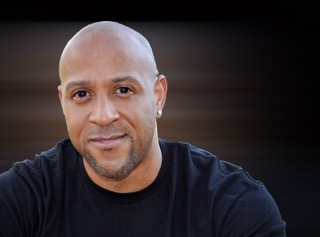Speed and agility classes are some of the most common fitness classes you’ll find in commercial performance facilities across the country. But the speed and agility discipline is also one of the most abused, misunderstood, and incorrectly coached in the athletic development industry.
This trend is primarily driven by scores of parents looking to make their child quicker and more agile at any cost. With an eye towards cost and benefit, many of these options can consist of randomized drill selection. As well as, implementation that rarely leads to true development of skills that can utilized within a sport performance construct.
When we look at the development of true agility, speed, and quickness attributes that are transferable to a chosen sport, it’s much better to view them through a lens of developing skill sets of acceleration, deceleration, dynamic balance, and change of direction. However, an athlete’s ability to accelerate and decelerate both linearly and laterally represents a base set of skills necessary for optimal movement in a chosen sport.
While we can run our athletes through various drills, the actual performance and completion of such drills would not be powerful or transferable without purpose. Here are a few things to keep in mind when developing programs to improve speed and agility.
Build Movement Competency
The importance of movement skills cannot be overstated when it comes to teaching athletes to acquire foundational skills like acceleration, deceleration, and change of direction.
Working with athletes to develop appropriate stability, mobility, and optimal sequencing of movement patterns.
Stability is the function of neuromuscular control at a joint or system of joints constraining movement through agonist-antagonist coactivation, which causes stiffness or rigidity.
Mobility is the freedom of a joint or a system of joints to move through a physiologically appropriate range of motion.
Improving the sequencing of movement patterns allows the developing athlete to achieve better movement efficiency, allowing for better use of energy as they transition through planes of motion.
Develop Strength and Power
Research has identified a strong correlation between strength development and agility training. Optimal strength leads to better skill development of acceleration, deceleration, and change of direction.
Athletes that develop adequate lower body strength and power will have the capability to accelerate and achieve top end speed while maintaining balance and coordination during multi-directional movements.
Teach Deceleration
In many sports, athletes are required to start, stop, cut, move, and change direction at the drop of a dime. Being able to do this with optimal efficiency can decide whether a ball is caught, a pass is defended, or a runner is able to cut back towards the open hole to score a touchdown.
Deceleration plays a vital part in helping young athletes develop agility. Many injuries happen during deceleration when athletes look to change direction. Above all, we need to teach athletes to properly decelerate in space as a means of teaching acceleration. In truth, you cannot teach one skill set while neglecting the other. The athlete needs to learn to slow down effectively before we can teach them to speed up.
The focus of any program designed to improve agility should simply be to develop movement skills with appropriateness of activity. While utilizing great coaching, an athlete can grow and develop movement mastery prior to taking on more advanced skill areas.
Start Improving Agility
Screamin’ Orange Agility Ladders UltraFit Hercules Training Hurdles SkillStix Agility Dot Mat







